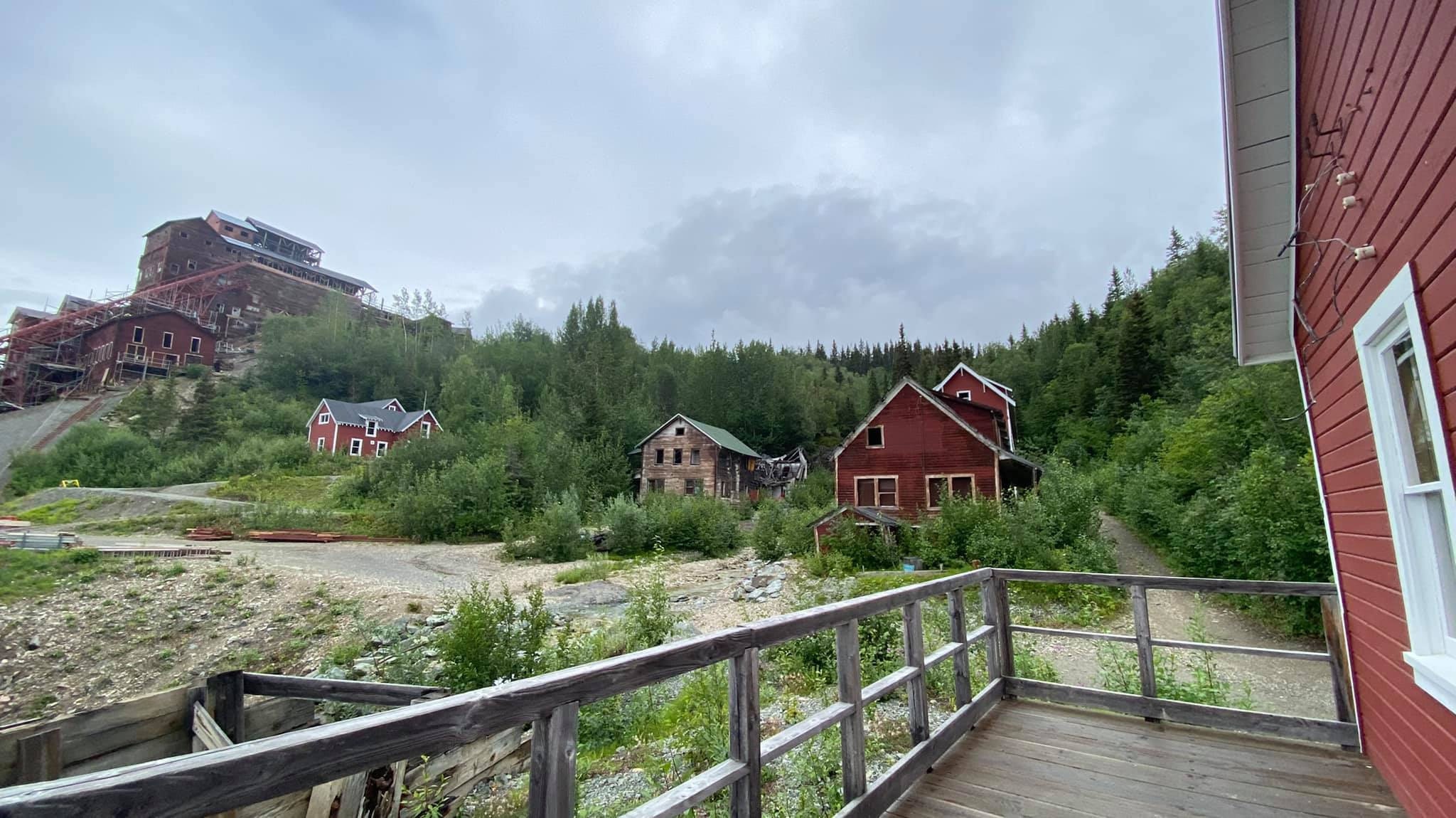In the heart of Alaska's wild frontier, the Kennecott Mine stands as a testament to human resilience, ambition, and the relentless pursuit of wealth. This historic site, once a bustling hub of copper mining, is a fascinating tale of perseverance, innovation, and the indomitable human spirit. The story of Kennecott Mine began in the early 20th century when two prospectors, Jack Smith, and Clarence Warner, spotted a green hillside that turned out to be one of the richest concentrations of copper ore ever discovered. This marked the beginning of a remarkable journey that would see the rise of one of the most productive copper mines in history. Building the mine was a feat of engineering and sheer determination. The remote location, harsh weather conditions, and challenging terrain made the construction process incredibly difficult. Yet, the promise of immense wealth spurred the workers on. They built a railway, a mill, and a town, transforming the rugged wilderness into a thriving mining community. The mine operated from 1911 to 1938, during which it produced over $200 million worth of copper. However, the journey was far from smooth. The mine faced numerous challenges, including fluctuating copper prices, logistical difficulties, and the harsh Alaskan winters. Yet, through every hurdle, the Kennecott Mine persevered, driven by the unwavering belief in the value of the copper-rich land. The closure of the mine in 1938 marked the end of an era, but the legacy of Kennecott Mine lives on. Today, it stands as a National Historic Landmark, a symbol of human tenacity and the power of perseverance. The buildings, machinery, and railway stand as they were, frozen in time, offering visitors a glimpse into the past. The story of Kennecott Mine is more than just a tale of a copper mine. It is a testament to the human spirit, a story of people who dared to dream big, who faced insurmountable odds and yet never backed down. It is a reminder that the road to riches, both literal and metaphorical, is often paved with challenges and hardships. Yet, with perseverance and determination, it is possible to overcome these obstacles and achieve extraordinary feats. As we look back at the history of Kennecott Mine, we are reminded of the power of perseverance. The mine may have closed, but its spirit lives on, inspiring future generations to dream big, work hard, and never give up, no matter the odds. The road to riches may be tough, but as the story of Kennecott Mine shows, it is a journey worth undertaking.
My freind and i journey to the historic Kennecott Mine began at the Anchorage airport. As I set off by car, I was filled with anticipation for the adventure that lay ahead. The drive from Anchorage to Kennecott is a journey through some of Alaska's most stunning landscapes, a prelude to the rich history that awaited me. My first stop was Chitina, a small town that serves as the gateway to Wrangell-St. Elias National Park is the largest national park in the United States. Chitina, with its rustic charm and friendly locals, offered a warm welcome and a glimpse into the Alaskan way of life. The town's history is deeply intertwined with the Kennecott Mine, having served as the starting point for the Copper River and Northwestern Railway that transported copper from the mine. From Chitina, I embarked on the McCarthy Road, a 60-mile gravel road that leads to the heart of the Wrangell-St. Elias National Park. The road itself is a testament to the area's mining history, built on the old railway corridor that once transported copper from the Kennecott Mine. One of the highlights of the journey was the Kuskulana Bridge, a 525-foot-long man-made marvel that stands 238 feet above the Kuskulana River. As we drove across the narrow, one-lane bridge, I was struck by the audacity of the people who built it in the dead of winter over a century ago, a testament to the same spirit of perseverance that built the Kennecott Mine. Finally, I arrived at the Kennecott Mine. Standing before the towering mill building, I was transported back in time. The mine, though silent now, seemed to echo with the sounds of the past industry – the clatter of machinery, the shouts of workers, the whistle of the train. I could almost feel the hopes and dreams of those who had toiled here, their determination etched into every beam and bolt. As we explored the mine and its surrounding buildings, I was struck by the sheer scale of the operation and the effort it must have taken to build and run it. I walked the same paths that the miners had walked, stood in the same spots where they had stood, and for a moment, I felt connected to their story.

As I drove back to Anchorage, I carried with me not just memories, but a renewed sense of awe for the people who dared to dream big and the beautiful land that bore witness to their dreams.

